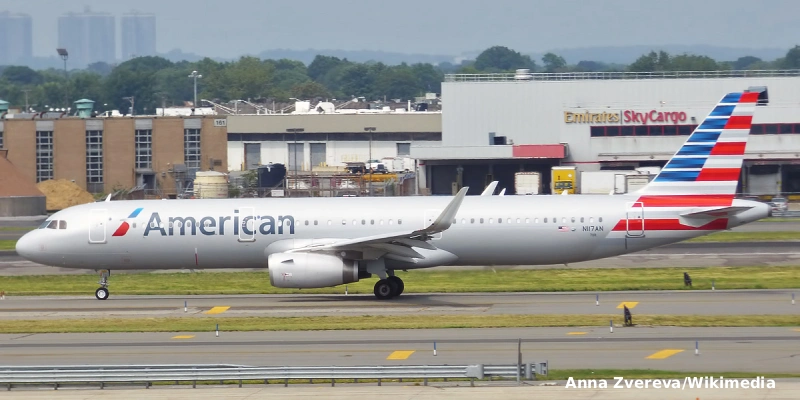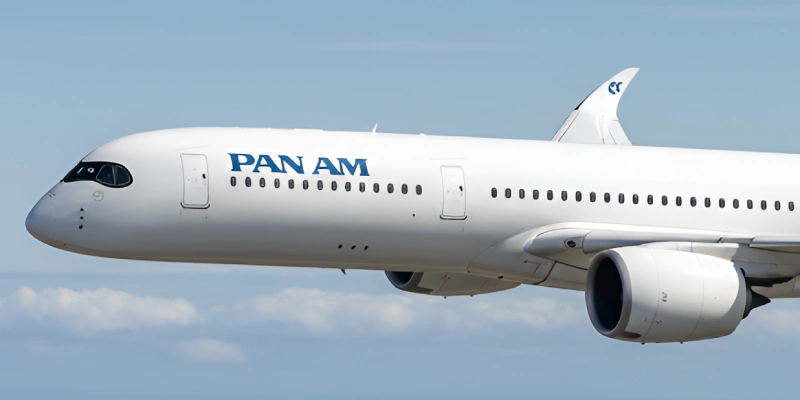The intraregional international market, which encompasses international travel within Latin America and the Caribbean (LAC), had the highest percentage growth in May 2024, in contrast to domestic and extraregional international, reaching 4.45 million passengers, up 13.2% compared to May 2023.
In the January to May accumulated period, the intra-regional international market also recorded the highest percentage growth, with an increase of close to 17%.
It is important to note that this segment was the only one that, as of July 2023, had not managed to exceed pre-pandemic levels, and furthermore, showed a 6% growth compared to 2019, during this month. This growth reflects a robust recovery and a growing demand for connections within the region, where there is great potential for growth.
“These are significant achievements that show the essential role of aviation in our region, the resilience of the industry, as well as the work of thousands of men and women. The important contribution of this sector in the life of the population still has enormous potential, hence our call to governments to include aviation in their State agendas”, highlights José Ricardo Botelho, Executive Director and CEO of ALTA.
This report specifies that in May 2024 passenger traffic to, from and within Latin America and the Caribbean increased 5.3%, moving 38.1 million people, 1.9 million additional travelers compared to May 2023. Between January and May, 197.2 million passengers have been mobilized, 8% more compared to the previous year.
The domestic markets of Colombia and Peru, together with traffic between Mexico and the United States, accounted for more than 50% of total growth, adding 1.07 million passengers to the region. In percentage terms, Venezuela and Costa Rica stood out with increases of 37% and 19%, respectively, according to the report.
Half of the region’s total traffic corresponded to the extra-regional segment, which grew 7.8%, reaching 13 million passengers. This growth was driven mainly by the Costa Rica-US (+26%) and Panama-US (+22%) markets, with 5,675 additional flights between North America and the region.
→ Copa Airlines inaugurates new routes to Tulum and Florianopolis
Similarly, extra-regionally, key markets in North America and Europe reached their highest capacity since 2019 this May. Traffic between Latin America and Europe increased by 9%, with 828 additional flights. Traffic between Latin America and Africa also showed great dynamism, with a 72% increase and the addition of 88 additional frequencies.
Colombia leads domestic traffic for second consecutive month
Total domestic traffic in the region increased 2.2%, reaching 20.6 million passengers. Colombia led domestic traffic in LAC for the second consecutive month, with a 20% increase in passengers. It was also the domestic market with the largest increase in absolute terms, with 449,000 additional passengers.
Chile, Venezuela, and Panama also showed increases in domestic traffic, while Brazil, Mexico and Argentina recorded declines.
Specifically, Chile increased 5.8% to 1.2 million passengers. Venezuela increased 21%, carrying 196,472 passengers, and Panama’s domestic traffic grew 38% with 31,125 passengers.
Brazil, Mexico and Argentina did not fare as well. Brazil moved 7.2 million passengers and recorded 61,600 flights, down 1.6% and 6%, respectively, compared to May 2023.
In Mexico, domestic traffic remained 1% below 2023 levels. However, this month recorded the highest domestic traffic in the country, with 5.2 million travelers, 34,000 less than the previous year.
In Argentina, domestic traffic was down 23.2% for the second consecutive month, equivalent to 138,000 fewer passengers than in May 2023, with a total of 1.3 million travelers and a 21% drop in the number of domestic frequencies, representing 2,228 fewer flights. This decline is due, in part, to the decrease of 274,000 passengers at Aeroparque airport, which accounted for almost 40% of domestic traffic, with a 26% reduction.
“In some domestic markets we see how the political climate, unilateral decisions and economic and social tensions affect the growth and performance of industries such as aviation, whose operations are subject to fuel price variations and currency exchange rate adjustments, to name two elements. Everything is connected, which is why the public-private sector must work together for the benefit of our economies”, explains Botelho.
Related Topics
Boeing and Partner Airlines Set New Standard in Aeronautical Parts Authentication
Delta and Aeroméxico Challenge U.S. Decision to Terminate Their Joint Venture
How American Airlines Trains Its Pilots to Fly Airbus A321XLR over North Atlantic
Pan Am Prepares for Its Return: Legendary Airline Seeks FAA Certification to Fly Again

Un apasionado por la aviación, Fundador y CEO de Aviación al Día.




